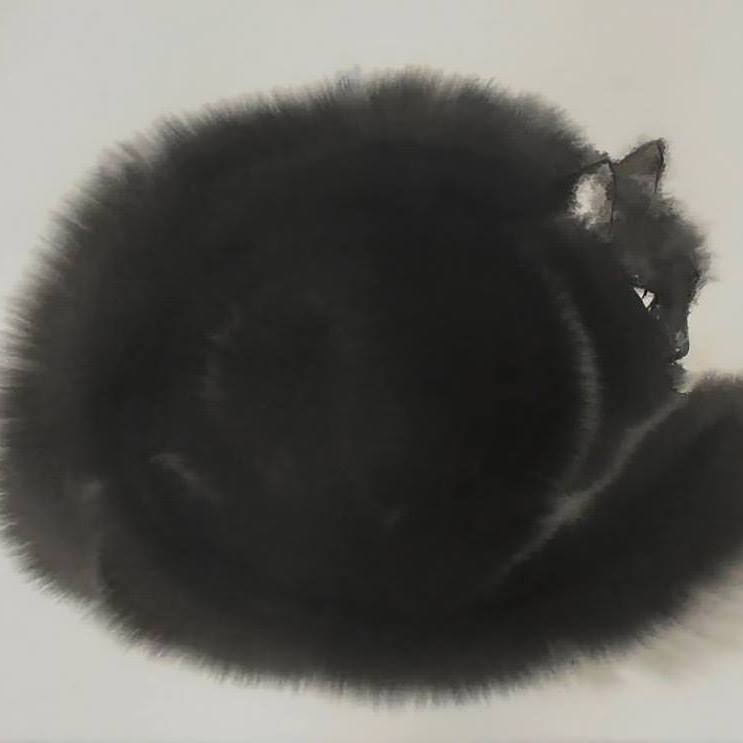$ man sshd_config
Match Introduces a conditional block. If all of the criteria on the Match line are satisfied, the keywords on the following lines override those set in the global section of the config file, until either another
Match line or the end of the file. If a keyword appears in multiple Match blocks that are satisfied, only the first instance of the keyword is applied.
The arguments to Match are one or more criteria-pattern pairs or the single token All which matches all criteria. The available criteria are User, Group, Host, LocalAddress, LocalPort, RDomain, and Address
(with RDomain representing the rdomain(4) on which the connection was received.)
The match patterns may consist of single entries or comma-separated lists and may use the wildcard and negation operators described in the PATTERNS section of ssh_config(5).
The patterns in an Address criteria may additionally contain addresses to match in CIDR address/masklen format, such as 192.0.2.0/24 or 2001:db8::/32. Note that the mask length provided must be consistent
with the address - it is an error to specify a mask length that is too long for the address or one with bits set in this host portion of the address. For example, 192.0.2.0/33 and 192.0.2.0/8, respectively.
Only a subset of keywords may be used on the lines following a Match keyword. Available keywords are AcceptEnv, AllowAgentForwarding, AllowGroups, AllowStreamLocalForwarding, AllowTcpForwarding, AllowUsers,
AuthenticationMethods, AuthorizedKeysCommand, AuthorizedKeysCommandUser, AuthorizedKeysFile, AuthorizedPrincipalsCommand, AuthorizedPrincipalsCommandUser, AuthorizedPrincipalsFile, Banner, ChrootDirectory,
ClientAliveCountMax, ClientAliveInterval, DenyGroups, DenyUsers, ForceCommand, GatewayPorts, GSSAPIAuthentication, HostbasedAcceptedKeyTypes, HostbasedAuthentication, HostbasedUsesNameFromPacketOnly, IPQoS,
KbdInteractiveAuthentication, KerberosAuthentication, LogLevel, MaxAuthTries, MaxSessions, PasswordAuthentication, PermitEmptyPasswords, PermitListen, PermitOpen, PermitRootLogin, PermitTTY, PermitTunnel,
PermitUserRC, PubkeyAcceptedKeyTypes, PubkeyAuthentication, RekeyLimit, RevokedKeys, RDomain, SetEnv, StreamLocalBindMask, StreamLocalBindUnlink, TrustedUserCAKeys, X11DisplayOffset, X11Forwarding and
X11UseLocalHost.
Pas testé, juste en lisant la doc.

